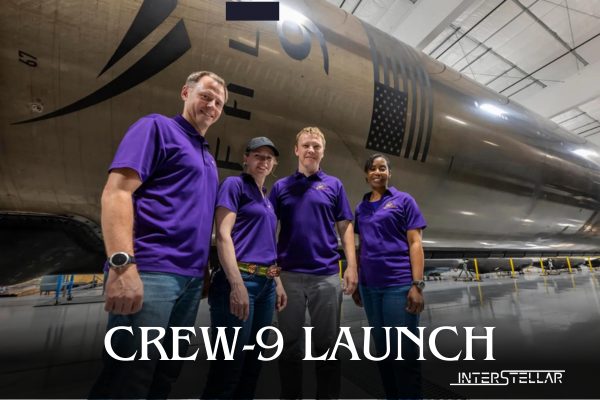NASA and SpaceX Plan Crew-9 Mission to the ISS for August 18
NASA and SpaceX officials have announced plans to launch the SpaceX Crew-9 mission to the International Space Station (ISS) no earlier than Sunday, August 18. The announcement was made during a news conference on Friday. Crew-9 is the ninth crew rotation mission to the ISS under NASA’s Commercial Crew Program.
Crew-9 Mission Details
The Crew-9 mission will carry a diverse team of astronauts for a six-month science mission on the ISS. The crew includes:
- Zena Cardman (NASA), spacecraft commander
- Nick Hague (NASA), pilot
- Stephanie Wilson (NASA), mission specialist
- Alexander Gorbunov (Roscosmos), mission specialist
This will be the first spaceflight for both Cardman and Gorbunov, the second mission for Hague, and the fourth for Wilson. Wilson has previously spent 42 days in space across three space shuttle Discovery missions: STS-120, STS-121, and STS-131.
Crew News Conference Insights
In a separate news conference, the Crew-9 members discussed various topics, including the mission patch design, the research they will conduct in microgravity, and their preparation for the long-duration flight. The crew expressed their enthusiasm and readiness for the mission.
“I am absolutely honoured to be here with my crewmates, who have been an awesome team – Nick, Stephanie, and Alex. They have shown so much technical excellence. They are also deeply kind and incredible teammates who have been really fun to work with, which has just made this a dream assignment for me,” said Zena Cardman.
Launch Details
The international crew will launch from NASA Kennedy Space Center’s Launch Complex 39A in Florida. They will travel aboard a SpaceX Falcon 9 rocket and Dragon spacecraft named Freedom. The Dragon spacecraft has previously supported SpaceX’s Crew-4 and Axiom Space’s Ax-2 and Ax-3 missions.
The mission promises to continue advancing scientific research and international cooperation in space. The crew’s work on the ISS will contribute to various scientific fields and enhance our understanding of space.





